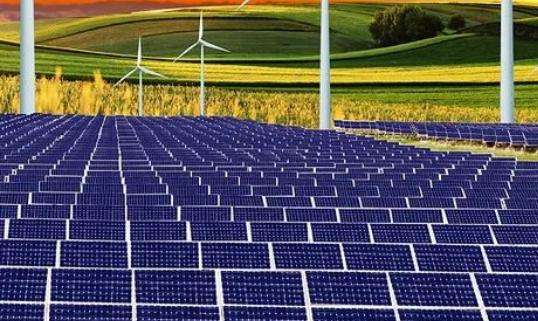The cooling tower of a thermal power plant is a device used to cool the heat generated during the electricity generation process. In thermal power plants, thermal energy is usually generated by burning fuels (such as coal, natural gas, etc.), and then the thermal energy is converted into steam through a boiler to drive a turbogenerator to produce electricity. During this process, the combustion of the fuel will generate a large amount of heat, and the operation of the generator will also generate a large amount of heat, which must be dissipated through the cooling tower to maintain the normal operation of the equipment.
Specifically, the cooling tower of a thermal power plant mainly reduces the water temperature through water circulation and heat dissipation through evaporation, thereby dissipating heat. The water ofthe cooling tower will be transported to the top of the tower by the water pipe, then atomized into small water droplets through the nozzle and enter inside the tower with the airflow. Inside the tower, the water droplets are in full contact with the air, dissipating heat through evaporation, dissipating heat, and the water temperature gradually drops. Through the wrapping layer inside the tower body, the contact area between water droplets and air is increased, thereby improving the heat dissipation effect. The cooled water returns to the pool again, is pumped by the circulation pump, and then enters the tower body again for circulation cooling. Through this cyclic process, the cooling tower can dissipate heat to ensure the normal operation of the thermal power plant equipment.
The cooling tower of the power plantIt's very strange. Why is it small at the top and big at the bottom?
The six thickest ones should be cooling towers. Which one is good, but there should be one or two that are thinner but much taller. Of course they are toxic, even if there is one. environmental protection department. Tests, but in fact, the cancer incidence rate among residents living near power plants (mainly thermal power plants) is significantly increased. If possible, it is better to move away.
The electrical energy used in daily life comes from nature, but the production of this energy requires the power of nature. There are many ways to produce electricity and power plants in life, such as thermal power generation, hydropower generation, wind power generation, etc. However, one of our methodss common is the production of thermal energy. What is the role of thermal cooling tower. energy production. Thermal power plants use a large amount of cooling water. This cooling water mainly passes through the condenser of the steam turbine to cool the spent steam which has worked into condensed water for recycling. This is practical and should not be wasted.
This type of cooling water is called “circulating water” and comes from rivers, lakes or deep wells. Circulating water in power plants is divided into “open circulation” and “closed circulation”. Closed circulation is often used in areas where water is scarce. Open cycle means it is only used once and discharged after heat exchange in the cooler. The closed cycle consists of passing the used cooling water through the towere cooling, then use it repeatedly. The upper mouth is small and the lower mouth is large. This is called a hyperboloid shape. The tower body is a thin-walled hyperbolic space structure without ribs or columns conducive to natural ventilation. It is mainly made of reinforced concrete to make it more stable. The height of the tower is usually 75 to 110 meters and its diameter. from the bottom of the tower is 65 to 100 meters.
The upper part of the tower is the air duct, and the water distribution tank and water spraying device are below the elevation of 10 meters. The water spray device is the main equipment for evaporating water and dissipating heat. running waterThe air comes down from the water distribution tank and splashes, and the air enters from the bottom side of the tower, after full contact with the water, it is discharged to the top with lhas heat. The cooling process mainly consists of evaporative heat dissipation. a small part is heat dissipation by convection.
The hyperbolic cooling tower occupies a smaller area than the swimming pool type cooling structure, has a compact layout, low water loss, and the cooling effect is not affected by the wind. However, it is tall and complex. construction and expensive. It is a chain of relationships: 1. The installed capacity of the power plant increases, 2. A larger cooling tower should be built, 3. The cooling capacity is directly affected by the area and height, so the cooling tower needs to be higher and bigger, 4. The tall cylindrical structure is very big, it is unstable and the cost is very high even if it is built. 5 It is necessary to use economic means to builde large cooling towers. 6 Hyperboloid towers are the most economical.














